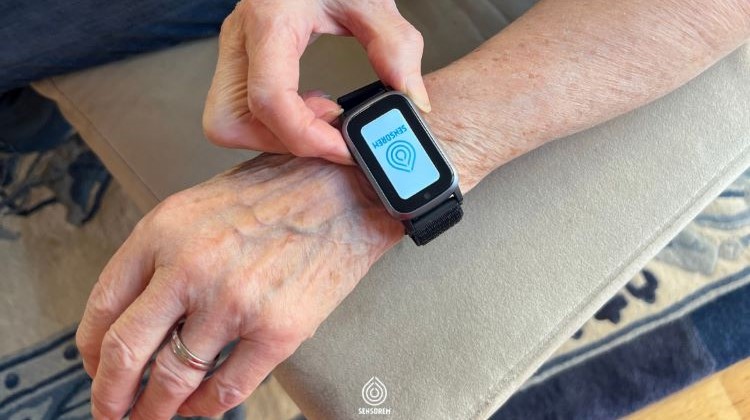What is a stroke?
A stroke occurs when blood flow to part of the brain is suddenly interrupted
A stroke, also known as a cerebral infarction or stroke, occurs when blood flow to part of the brain is suddenly interrupted. This can be caused by a blood clot blocking a blood vessel or by a blood vessel rupturing and bleeding into the brain. Regardless of the cause, a stroke is a medical emergency that requires immediate treatment to minimize damage and save lives.
The symptoms can vary depending on which part of the brain is affected
The symptoms of a stroke can vary depending on which part of the brain is affected, but the most common ones include sudden numbness or weakness in the face, arms or legs, especially on one side of the body. Other symptoms may include sudden confusion, difficulty speaking or understanding speech, sudden vision loss or double vision, severe headache, and difficulty walking.
The process can be fast and intense
The course of a stroke can be rapid and intense. Prompt treatment is essential to minimize damage and maximize the chances of recovery. Left untreated, a stroke can lead to serious and potentially life-threatening consequences, including permanent neurological damage, paralysis or even death.
The causes of stroke can vary
The causes of stroke can vary, but the most common include high blood pressure, high cholesterol, diabetes, smoking, obesity, atrial fibrillation and other heart conditions. Certain factors, such as age and heredity, can also increase the risk of suffering a stroke.
Different tests and examinations are used to diagnose stroke
To diagnose a stroke, doctors may use various tests and examinations, including neurological tests, blood tests, brain imaging such as magnetic resonance imaging (MRI) or computed tomography (CT). Prompt diagnosis and treatment are essential to reduce the risk of permanent damage and maximize the chances of recovery.
Treatment may include medications to dissolve blood clots
The treatment of a stroke may include medications to dissolve blood clots and restore blood flow to the brain, blood pressure-lowering drugs, rehabilitation, and physical therapy to help regain lost function and improve the quality of life of the affected person.
SENSOREM’S PERSONAL ALARM CAN INCREASE SAFETY AFTER A STROKE

